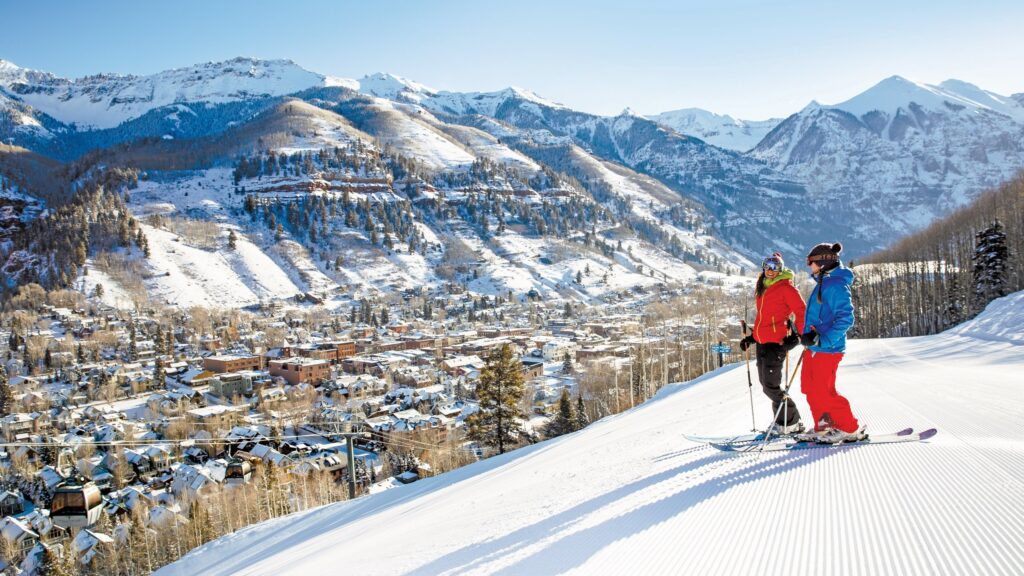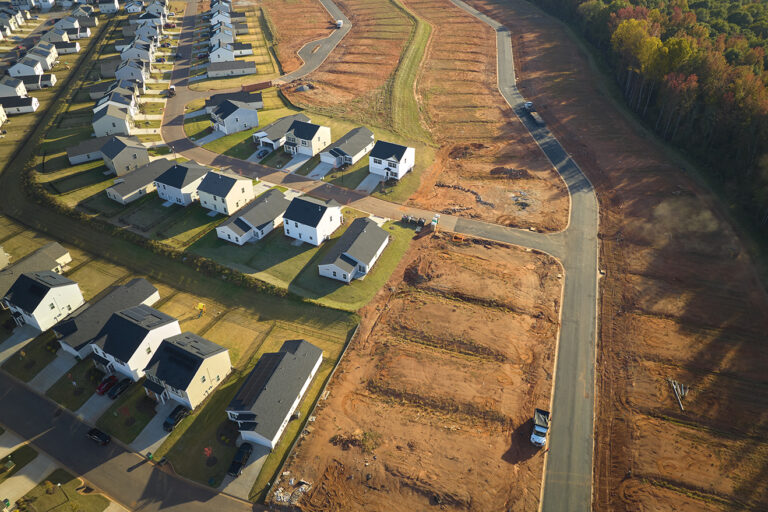Like nearly every Colorado ski hill, Winter Park needed big money to help fix its employee housing problem. Enter its deep pocketed operator, Alterra, with a blueprint others can follow.
Like nearly every Colorado ski hill, Winter Park needed big money to help fix its employee housing problem. Enter its deep pocketed operator, Alterra, with a blueprint others can follow.
Roughly six months after Winter Park ski area held a foundation-laying ceremony for its latest big project, it’s preparing to begin construction of new, on-site employee housing about 100 yards from the Cabriolet lift, which accesses the mountain’s main base area and thousands of acres of skiable and bikeable terrain.
In doing so, it will join a host of resorts offering on-site employee housing in Colorado and turn critical problems central to most ski towns — where to house workers and how to build density in the mountains — into a modular construction blueprint that other resorts may follow.
Worker housing near the ski slopes is a challenge in the high country, where home prices have more than doubled since 2019. But resorts are making it happen.

At Telluride ski area, Big Billie’s Apartments, with 146 double-occupancy studios, sits at the base of Lift 1 and Lift 10 and there’s a slopeside apartment complex in Mountain Village. In 2021, Copper completed a two-phase project called Sky Chutes Landing near the resort entrance, which resulted in 44 studio, one-, two- and three-bedroom apartments that can house 130 people. Copper’s The Edge housing tower also offers 542 beds a few steps from the lifts. Aspen Highlands houses employees in its village. And Beaver Creek houses them in The Tarnes, which is walkable to the Lower Beaver Creek Express and a short shuttle to Beaver Creek Village.
That’s not to say other resorts haven’t stepped up efforts to tackle their employee housing issues. Lindsay Hogan, Vail Resorts’ spokesperson, says throughout all of the company’s North American resorts this winter season, they housed nearly 7,000 employees. “In Summit County, where Breckenridge and Keystone are located, we have nearly 2,000 beds in a variety of different unit types available,” she said. “In Eagle County, where Vail and Beaver Creek are located, we have more than 1,200 beds.” But many housing solutions lie away from resorts, which can add transportation challenges to mountain valleys.
Aspen Skiing Company, for instance, already owned the Aspen Basalt Campground. But in 2017 it began moving 40 tiny houses for employees to that location. Four years later, the company opened The Hub at Willits, an $18.5 million complex of 43 units with room for 150 people. But both are 20 miles from Aspen, causing some to criticize the developments in light of the resort company’s low-impact ethos.
Vail ski area never got to start construction on planned housing with 165 beds a mile from the lifts in East Vail, because Vail’s town council voted to preserve the land it would have occupied for bighorn sheep habitat.
And at several other resorts including the ones above, most employee housing comes from existing stock owned by towns, which resorts, in turn, lease.
For a long time, it might have been said that resort employees can’t be choosers when it comes to living arrangements in towns where they chose to work because of the access to outdoor sports.
But Bryan Elliott, chief development officer for Alterra Mountain Company, believes even in the strained workforce housing world view, location may be as important as the number of employee beds a resort can produce.
Alterra’s resort holdings include Winter Park, Steamboat, Palisades Tahoe in California and Crystal Mountain in Washington state. In March, the resort operator announced a nearly $500 million capital investment focused on enhancing the guest and employee experience over the next year. Of that money, $50 million will go to employee housing. And its marquee project in Colorado, Winter Park’s base-area build, is the result of “hearing from people asking why we’re building more condos instead of workforce housing,” Elliott said.
Foundations and infrastructure were set last summer. They lay dormant for most of the ski season. But modular components for the new buildings have begun to arrive. When the buildings are complete, they’ll have room for 332 people.
“Everyone will have their own fully lockable space,” Jen Miller, Winter Park ski area’s spokeswoman, said. “They’ll share bathrooms and kitchens. It’s unique.”
Miller said Winter Park’s commitment to workforce housing isn’t new, and that the resort has offered it throughout Grand County for a while now. “But this will be different because it’s at the resort. It’s a pretty good spot for people to not need a car,” Miller said.
The Cabriolet lift will ferry employees from their homes to the resort base, on the west side of U.S. 40. Winter Park’s transit system will provide connections to the towns of Winter Park, Fraser and Granby, while Bustang Outrider can take them to Denver and Steamboat Springs.
Alisha Janes, assistant town manager for Winter Park, said the town council adopted a three-year plan in February that, if addressed “aggressively,” should add 150 units to the town’s workforce housing stock . “But Winter Park Resort really moves the needle by doing in one year what would take us five,” she said.
Elliott said Alterra wouldn’t have been able to build the new housing if it hadn’t been for help from the Town of Winter Park, which he called “incredible.”
“By comparison, other towns act excited when you show up and then beat the living crap out of you with this code and that code,” he added. “Winter Park gave us a break in utility fees and variances for parking. They asked, ‘What can we do to help make this happen?’ and allowed us to get our approvals quickly. We had the concrete laid for our modulars before the snow flew. And we hope to be occupied by the start of next season. It’s remarkable to do that in 18 months.”
Keith Riesberg, Winter Park’s town manager, said as the resort moves toward completion of its mix of studio, single- and multi-bedroom units later this year, there will be a cascading positive effect on the communities in Grand County.
“For one, it will allow more seasonal employees to come to our labor market by freeing up existing units currently used by the resort for other entities,” he said. “We had a meeting last week with CDOT about potholes. They’re looking at housing as one of the reasons they can’t get enough workers here to fix them. With the resort building this new housing, we’re looking at can we find seasonal housing for CDOT?”
Riesberg acknowledged the issue of workforce housing is being addressed at the state level through Proposition 123, which dedicates $300 million to affordable housing. The initiative, approved by voters in November, directs 0.1% of Colorado’s taxable income to programs that include helping essential workers buy homes and financially supporting local governments to increase housing stock by 3% annually.
“But at the end of the day, housing has to be solved on a local level,” Riesberg said.
That’s easier with help from the Mariana Trench-deep pockets of multibillion-dollar ski industry companies like Alterra.
Elliott said the total cost of the Winter Park housing project was $60 million and that the company borrowed $70 million at a 4% interest rate. “But when we took all of that together, the cost wasn’t that great and was more or less offset in the sense of comfort we have knowing we’re going to have beds proximate,” he said. It all made sense, because as the pandemic hit and housing stock became more limited, “we were paying as much as $1,000 per bed per month per employee. Employees can afford $400 or $500 of that, and we have to make up the difference.”
“At Winter Park we’re going a little bit premium,” Elliott added. “Every bedroom has a locking door. It changes the whole model and we did that deliberately. We’re still dorm-style, but we also stepped up technology where every room is key-carded for privacy. We’re doing it because as obvious as it might sound, having employees is core to your business.”
Originally written for The Colorado Sun by Tracy Ross 3:56 AM MDT on Apr 5, 2023.




